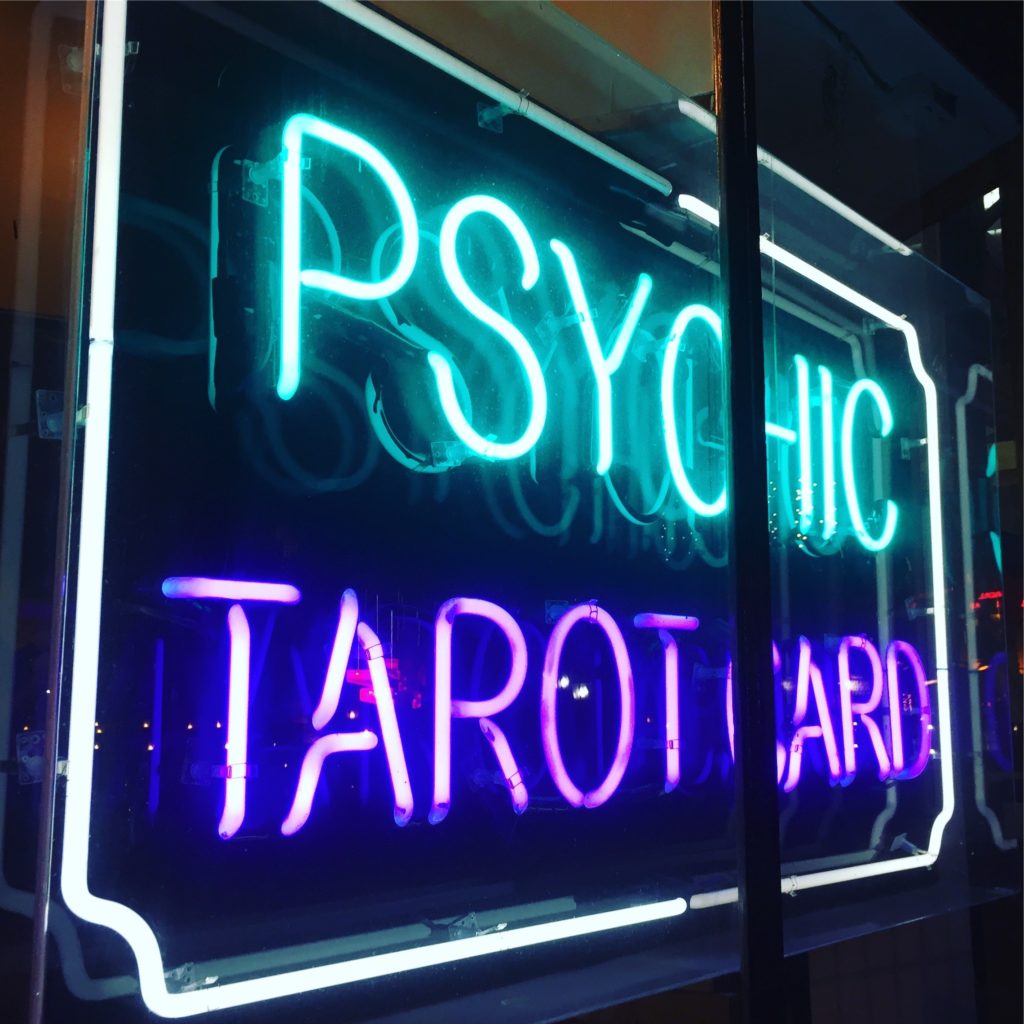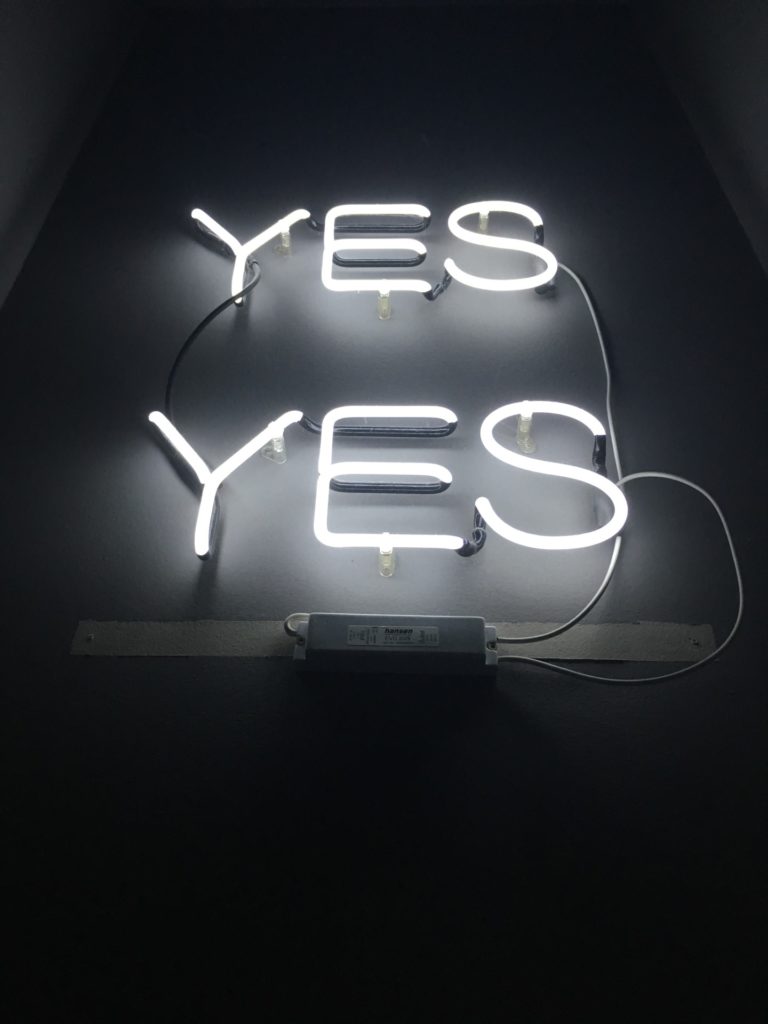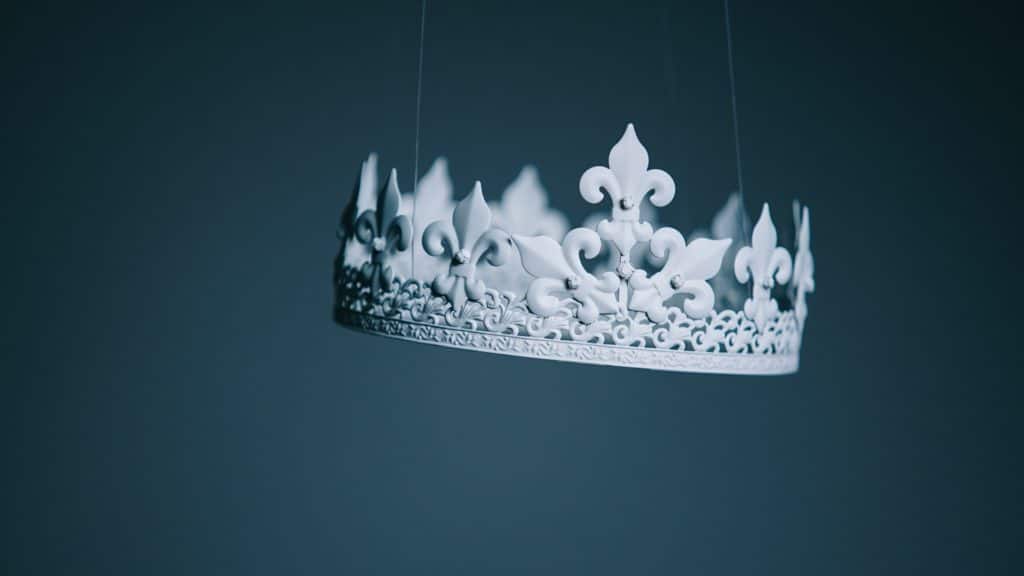We’ve said it once, and we said it again- yes or no tarot questions is a huge no-no! Doing so is counterintuitive and relatively difficult to answer, especially when you already have a specific outcome in mind.
But let’s be real, it’s unavoidable to ask these questions. And you, dear tarot reader, may have been tempted to ask a yes or no tarot question far too many times than you would dare admit!
With that said, learning how to interpret a tarot deck yes, or no answer isn’t impossible. Armed with a bit of patience, intuition, and divine guidance, you can answer these kinds of questions in no time at all!
But hold up- why shouldn’t I ask a yes or no tarot question (as much as possible, of course)?

In a previous article, we stated that tarot questions must be specific, direct to the point, and must yield a concrete answer in sentences or phrases.
This means that questions that start with “how,” “what,” and “why” must be utilized during a tarot reading session. Yes or no tarot questions are far too simplistic, and anyone in the right state of mind can answer them correctly.
Many in the tarot community dread having to read and interpret such questions. It is not just because it is difficult to answer, but mostly because it discounts the wisdom that a tarot card wishes to impart to a person seeking their guidance.
Yet tarot readers also acknowledge that sometimes, asking a yes or no tarot question is the only way to get an answer. It may be partly due to difficulty constructing a coherent question, or it may also be the best way to confront a situation directly.
So, how do I make a yes or no tarot question?

Making a yes or no question is relatively easy. It can range from something like, “will I have financial success?” or “Is my relationship healthy?”
But you also need to keep in mind some essential guidelines when asking yes or no questions. The first is, of course, to ask a question that focuses on you.
Asking questions such as “Does my crush like my best friend?” is improper since it focuses on another person. You might as well get your resident gossipmonger for information about that!
You must also keep in mind to only ask ethical questions. If your question implies harming someone in one way or another, then you need to reconsider your life choices (at least!).
Another thing to keep in mind is to focus your question on one thing at a time. For example, the question “Am I going to get good grades and the scholarship I applied for?” won’t work because it fuses two different things where there can only be one answer.
It would be best to separate them to allow the tarot cards and reader to fully understand the question. This method will also allow for a more straightforward and more satisfactory answer to emerge from the tarot deck.
But always remember this: the best tarot outcomes are from asking the “how,” “what,” and “why” questions. If you really need divine guidance and not just an ordinary yes or no, you need to structure your questions using that.
How can I interpret a tarot deck’s yes or no answer?
The tricky part of a yes or no tarot reading is the interpretation of the cards. Because this kind of tarot readings are fluid, the outcomes mainly rest on the tarot reader’s personal biases and meaning-making.
As a result, many tarot readers follow a particular rule of thumb when doing a yes or no tarot reading session. This way, they can interpret cards with a degree of uniformity without compromising the tarot cards’ answers to the questioner.
Here are some of these “rules:”
1. Upright cards are yes, reversed cards are no (mostly)

The premise behind this is somewhat the same as the “heads-yes, tails-no” when flipping a coin. When a tarot card shows up in its proper position, it signifies its approval to the question; it says otherwise when a card shows up upside down.
Yet this is easier said than done. For example, what if you end up getting an upright “Death” card? How will you make sense of it?
Some tarot readers would instead assign “no” to some upright cards, especially if its energy is incredibly negative. Some of these cards are the Tower, the Devil, and of course, Death.
To ensure that the odds of getting either an upright or reversed card, shuffle all the cards first in their vertical positions. When done, cut the deck in half and turn the other half 180 degrees.
Insert both halves of the deck into each other and shuffle accordingly. You can even close your eyes when picking a card for good measure!
2. It’s all in the suit
Following the upright/reversed principle, it only makes sense to assign a sort of meaning to the individual tarot suits. Doing this can help ease the reader to answer a yes or no tarot question, especially that there are 56 unique cards to choose from!
How you interpret a suit depends on the energy that the suit is giving you. Generally, the Suits of Wands and Pentacles mean yes, while the Suits of Cups and Swords mean no.
But if you don’t feel like these preassigned meanings, you can always choose to adjust it as you see fit. Remember that rigid structures have no place in the world of the divine!
3. Feel the vibes
Some tarot readers would instead give their own yes or no tarot interpretation, though. For them, it feels more personal and allows more divine guidance in the reading, rather than depend on chance.
To do this, meditate over each of your cards. Hold them in your hands and feel the energy that it is giving you.
Segregate the yes and no tarot cards and take note of what each one is telling you. This will come in useful later.
But what if there are cards that seem to give you confusing vibes? Some tarot readers recommend making a third subdeck: the “maybe” pile.
While it can yield frustrating results, this can help when answering an especially tricky question.
When a person happens to ask a question something akin to “will I be successful?” and managed to pull out a maybe card, it’s a sure sign of the cosmos telling the person that not everything can be resolved by divine intervention alone.
4. Add in some wisdom

Only saying yes or no as an answer to a question can be quite unsatisfying. This is why imparting a bit of wisdom is essential during these kinds of tarot readings.
The interpretations are not as in-depth and elaborate as a typical tarot reading session. But the best way to interpret the cards in a yes or no tarot session is through describing the images on the card and how they add up together.
For example, the card “The Hierophant” is rife with symbols of divinity and dominance. The crown on the hierophant’s head and his scepter symbolized his authority and power over the things he wishes to rule over.
So, when a person asks, “Am I going to succeed in my project pitch?” and turns up with an upright Hierophant card, then it’s pretty solid to say that the answer is yes. The interpretation that will go along this might go this way:
“You will succeed in your endeavor. More than that, the card is also telling you that you will emerge at the top among your competitors.”
Final Word
Asking a yes or no question is mostly discouraged by many tarot readers because of its shallow and counterintuitive nature. Yet sometimes, it’s necessary, especially when creating an elaborate question would confuse rather than clarify.
The answers that tarot cards give can sometimes get frustrating, though. Aside from the fact that the yes or no answers utilize a “too broad” approach, tarot cards are meant to give lengthy and profound answers.
Despite this, the wisdom that a yes or no tarot answer gives is no less valuable than those given during a typical tarot reading session. Come to think of it, the slight vagueness of these answers allows for the questioner to think things through profoundly and determine the course of their own fate.
